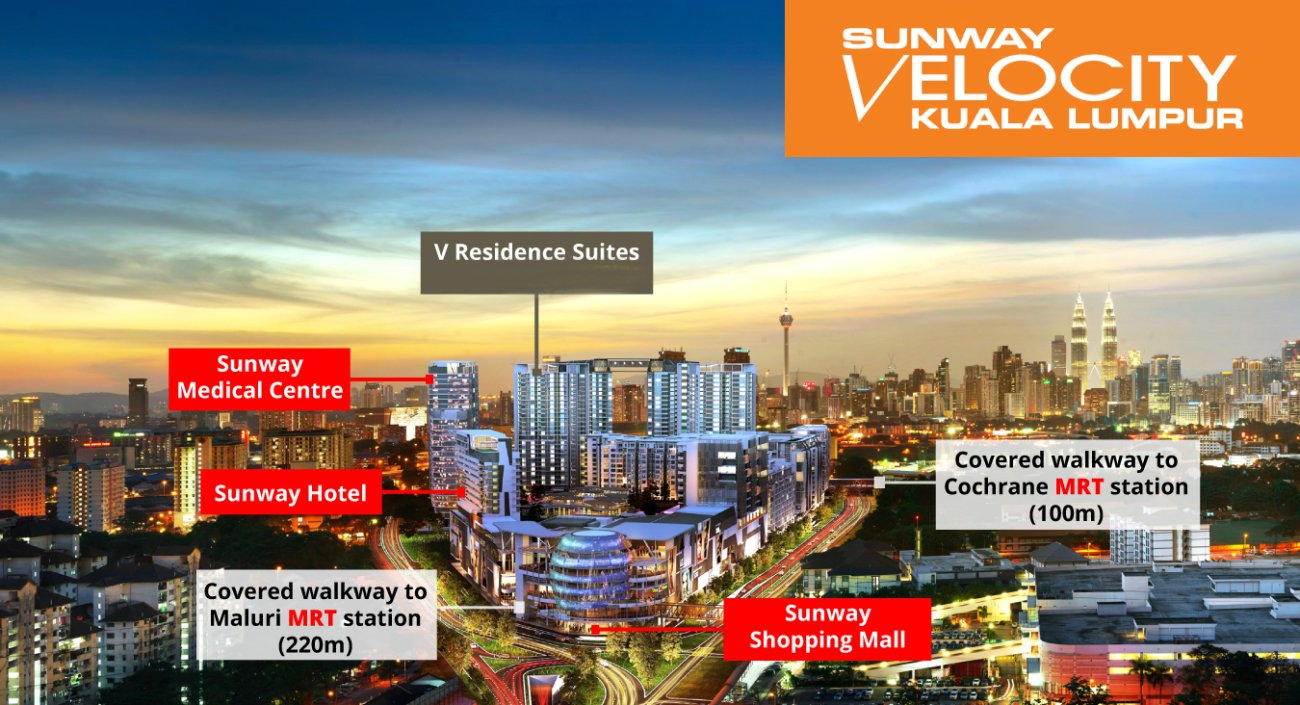Case study summary
Sunway Medical Centre Velocity (SMCV) is the first hospital in Malaysia to commit to Race to Zero by 2050. SMCV started to monitor carbon emissions via the climate impact checkup tool. Sustainability initiatives are implemented within the hospital according to the 10 Global Green and Healthy Hospitals interconnected goals, which have impacted the health promotion of our employees.
Demographic information
- City: Kuala Lumpur
- State/province/region: Southeast Asia
- Country: Malaysia
- Type of institution: Private health care
- Number of full-time staff: 520
- Number of part-time staff: 50
- Number of beds: 237 beds
- Patient population served annually:
- 180,000 patients served annually (total of inpatient and outpatient)
- Geographic area served: Cheras, Kuala Lumpur
- Health equity concerns experienced by your population: High cost of health care, climate change in urban city, increasing elderly population in Cheras
The issue
As SMCV grows and expands, the hospital’s consumption of electricity and water, generation of waste, and carbon emissions are rising. There is a need to establish a baseline to compare with the hospital’s activities and develop mitigation plans. We also realized many employees and doctors were leaving lights on in unoccupied areas, leaving electronic devices and medical equipment charging, and discarding waste that could be recycled. There were educational opportunities to instill sustainability practices.

Manager, Housekeeping
"I’m proud to lead this waste segregation project and see the amount of waste that are diverted from the landfill. I’m glad that I am doing my part for the environment."

Hospital goals
- To advocate for sustainability and environmental health.
- To reduce the building energy index and foster a culture of energy conservation among employees and doctors.
- To minimize the amount of waste sent to landfills by implementing waste segregation practices and increasing recycling efforts.
Sustainability strategy implemented
- Set up a Race to Zero Committee to integrate sustainability into our hospital strategy and operations and monitor results of sustainability efforts.
- Collect data related to carbon emissions from various departments and set targets to improve from baseline.
- Establish policies and procedures on waste management and energy conservation to ensure effectiveness and compliance.
- Allocate funding and resources towards initiatives focused on sustainability.
- Consistently raise awareness and educate employees on sustainability practices.

Medical Director
"Be a part of the solution not part of the pollution."
Implementation process
- Race to Zero Committee was formed composed of members from the management, nursing, allied health, and support divisions. The committee discussed ideas and presented them to the CEO for approval. Once approved, the committee led the process from planning to implementation for each initiative. The committee also assigned tasks to other related departments and ensured employees were involved.
- To promote sustainability and buy-in, we started with small-scale initiatives. For example, we implemented waste segregation in one department as a trial. Upon seeing positive results, we replicated the initiative hospital-wide. We tracked and shared progress monthly to encourage participation.
- The climate impact checkup tool enabled SMCV to analyze data on our carbon emissions and establish a baseline for improvement and comparison. From the carbon estimates, we found that desflurane gas is a major contributor to the hospital’s carbon emissions, so alternative options are being explored with anesthetists.
- We provided continuous education and awareness to promote sustainability through training, posters, and tips. Sustainability awareness and waste segregation training is now included in all new staff orientation.
1 of 2






Tracking progress
- In order to conduct more insightful comparisons, hospital activities are considered alongside inpatient and outpatient visits, as well as occupied bed days.
- The hospital's energy efficiency is assessed using the building energy index, which is calculated based on the building's floor space. The index is then used to benchmark our energy efficiency against the average energy intensity for private hospitals in Singapore, which is currently at 342 kWh/m2/year.
- Collections of general and clinical waste and recyclables were tracked monthly.


Progress achieved

Challenges and lessons learned
- Gaining the participation and engagement of busy doctors and nurses in sustainability initiatives is challenging. As such, we aim to leverage communication channels and execute interesting activities to spread awareness.
- Adapting to sustainable practices and changing habits can be a challenging task, but we firmly believe that with time, education, and setting a positive example, it will become ingrained in SMCV's culture.
- Due to the increasing number of patients in the hospital, the current baseline is not an accurate representation. Therefore, we are exploring other metrics to analyze our data.

Senior Manager, Nursing
"It is our responsibility to preserve and tend the environment in which we all live."
Next steps
- To explore food waste composting systems.
- Explore the possibility of using an autoclave clinical waste machine to safely dispose of waste rather than sending it for incineration.
- Recycling uncontaminated IV drip bags.
- Setting up solar panels to switch to clean renewable energy.
- Optimization of AHU chiller (highest energy-consuming M&E equipment in the hospital) to increase chiller efficiency and reduce energy use.